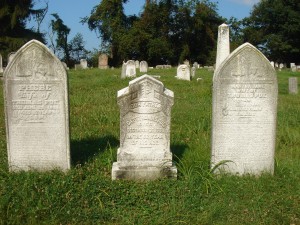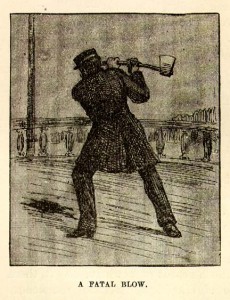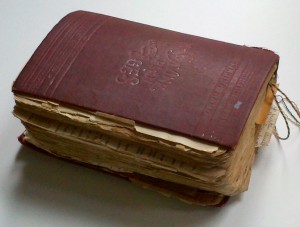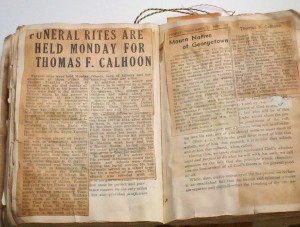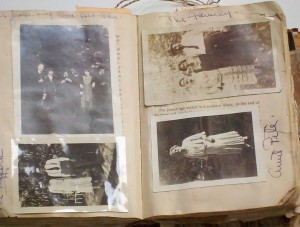In Jan 2012, Kevin Mahoney contacted me through GeorgetownSteamboats. His interest was the Pittsburgh and Cincinnati Packet Line. Specifically, he was interested in William (Capt Billy) Anderson, his great great grandfather. Thanks to Capt Benjamin M Laughlin, I have some unique information on the Pitt-Cin Packet Line. My information, however, pales in comparison to the Mahoney treasure-trove.
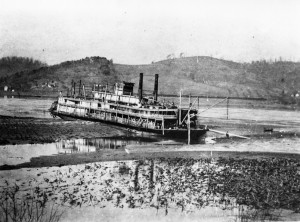
Str Virginia in cornfield in 1910 (courtesy of the Public Library of Cincinnati and Hamilton County)
Capt Billy Anderson was the pilot of the str Virginia on 6 Mar 1910 - the night of the cornfield episode. One passenger wanted to debark at Willows Grove, WV. The passenger’s ticket represented a transaction of fifty cents. Pilot Billy Anderson argued that the stop was too dangerous with the high water; Capt Charles Knox convinced him to try. That night the str Virginia parked securely between cornstalks six hundred feet from the river channel. For six long months the str Virginia was aground – sitting high and dry on fertile soil. Robins built nests in the pilothouse; mudwasps constructed hives in the shelter of the decks. An archaeologist from the Ohio State Historical Society said the str Virginia was stuck on an Indian mound when artifacts were dug under the hull. A sad state for the proud str Virginia.
Mr Mahoney has family and steamboat photos and stories written by Capt Billy’s daughter. It is a bit of American history that should be made public.
Copyright © 2013 Francis W Nash
All Rights Reserved

